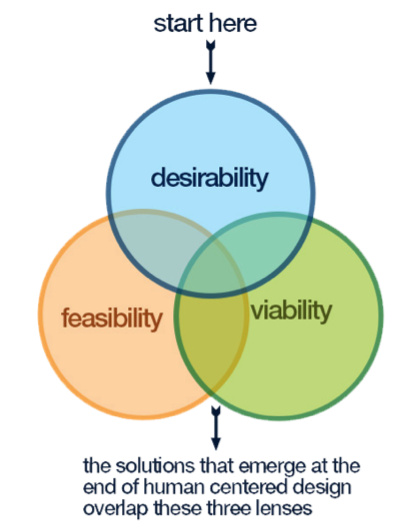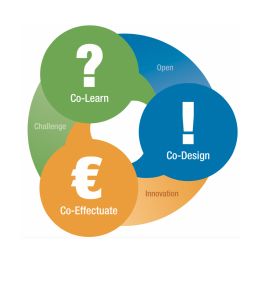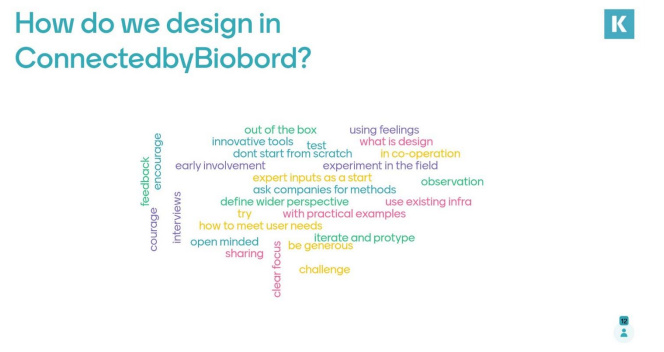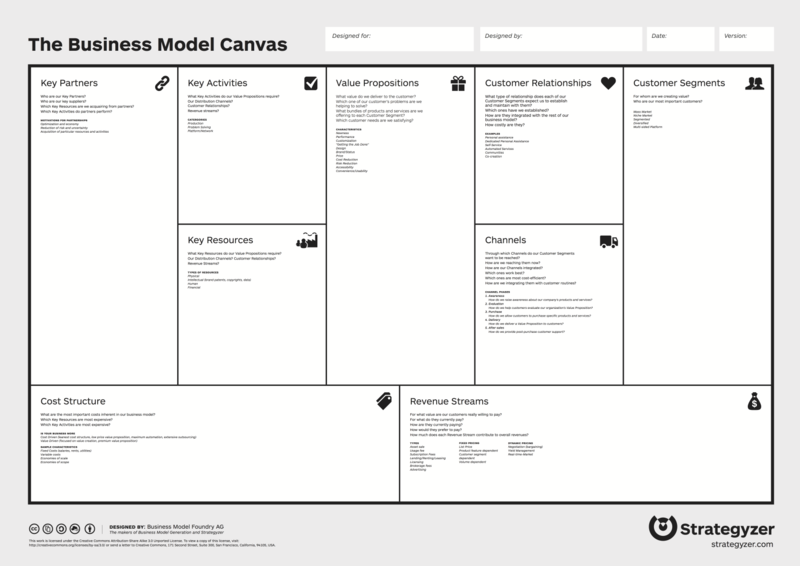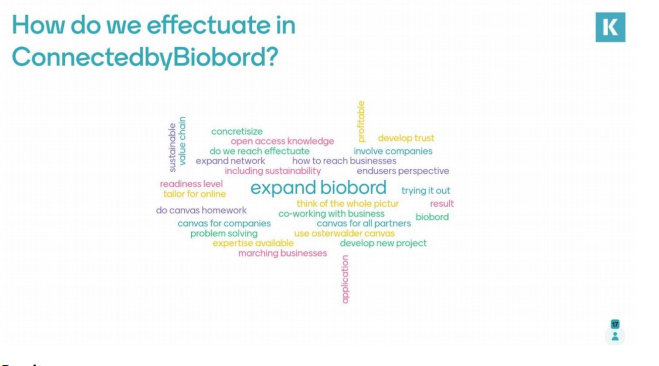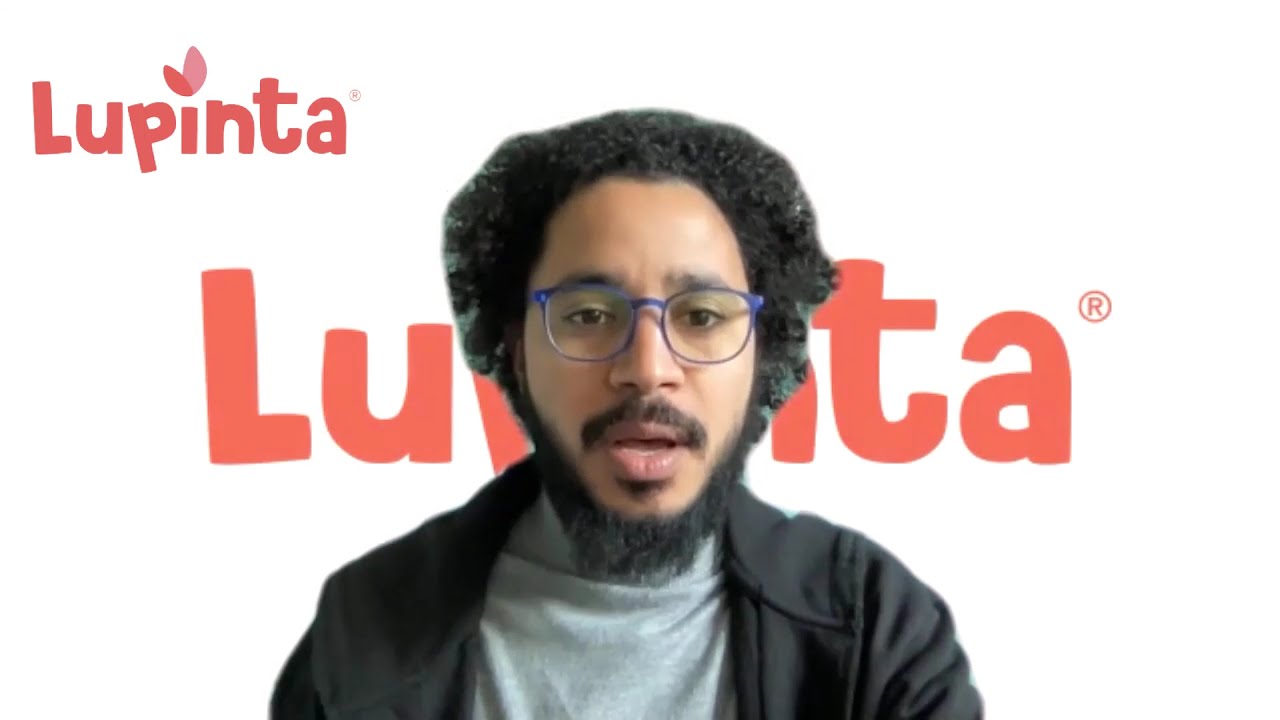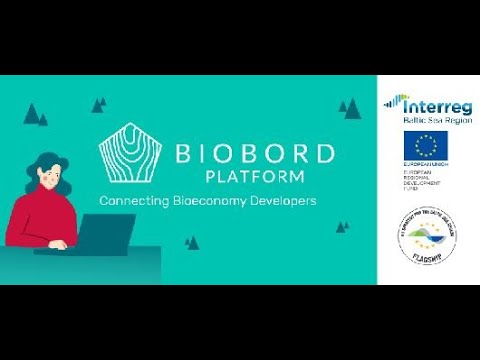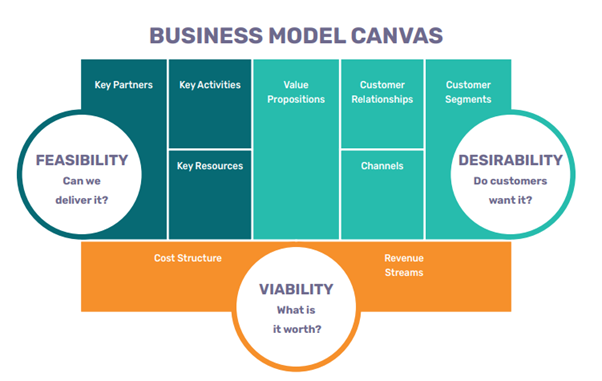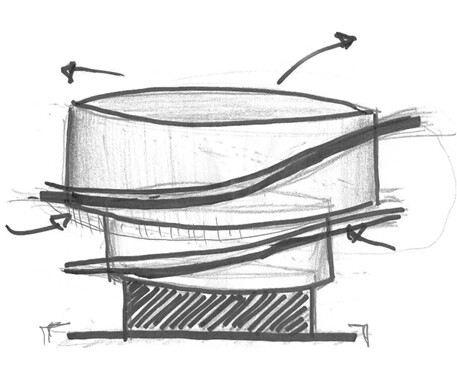Piloting innovation
Ongoing RDI2CluB-project’s extension stage project ConnectedByBiobord (funded by EU development funding programme Interreg Baltic Sea Region) is piloting innovation process, here are are the first steps of the process that started in October 2020 and lasts until the end of June 2021.
Project consortium consists of nine partners across Baltic Sea region and the project is piloting jointly agreed innovation process within three thematic pilots (food, forest and new technologies). The process started with an transnational online workshop where the to be used innovation process was outlined. Innovation expert and ConnectedByBiobord project partner Krinova Incubator and Science Park leads the process. Simultaneously thematic pilots are conducting internal discussions of the focus areas within the themes and with relevant stakeholders and end-users.
Transnational innovation workshop was needed in order to have joint perception of innovation and its elements. Event was held 16.10.2020. Recording can be found here.
What is innovation for ConnectedByBiobord ?
Partners saw innovation as an idea based on customers needs or as an old idea in a new form. In our perception, innovation is not equal into an idea and it requires a market and customers. Customer does not need to be a paying customer but a holder of the interest that drives the innovation. Customer is someone who invests time or resources into the innovation. It was also stated that innovation does not always require demand from the market, and in some cases it is the innovator that push the innovation to the markets to fill unknown need of consumers. To conclude, there is always a need or a problem driving the innovation process. Either it is a need that the customer is very much aware of and likes to get solved or its something the customer don’t know they wanted from the start.
ConnectedByBiobord innovation expert Krinova believes also that the customer always needs to be in the center of innovation. A lot of inspiration can be found in human centered design. In short, human centered design looks at three aspects of innovation:
Desirability (user needs): What do people desire ?
Feasibility (test if your innovation strengthens your business): What is technically and organizationally feasible ?
Viability (sustainability- economical, environmental or social): What is financially viable ?
Innovation process always being iterative. Meaning, that instead of a linear process, innovation needs to be, in order to success, a constant circular process. Krinova’s model and the chosen model for ConnectedByBiobord is a common process of innovation, where you first learn, then design and then effectuate:
It is important to ask peoples input and learn from others when innovating, this is why the model has “co” in each part.
Co-learn
The part of the process when we share knowledge with others, learn and collect information from
customers and stakeholders in order to define a challenge, need, problem or job to be done. Once you have learned- its time to try!
Co-design
The part of the process when you try, fail, try again and test your innovation practically. Maybe you
need to refine something that you thought from the beginning would work but that you figure out
needs more research. Sometimes this leads you back to the co- learn phase. Once you have tried
something and it works- its time to effectuate and make it profitable. This is the time when you design your business model.
Co- effectuate
The part of the process when you try to make your innovation profitable. Maybe you need to scale up, find a cheaper supplier etc. This is the time when you look into how you can make a sustainable
business of your innovation. Maybe you realize that your customers aren’t ready to pay for your final product- then you need to go back to the co- learn phase and again reevaluate what customer you should target or how you should redesign your innovation to make it more viable.
How do we learn in ConnectedByBiobord ?
The co-learn phase is about learning- what are we actually going to do?
The most important part of the learning phase is to connect with other people and get to know what the actual need is. Experts, other stakeholders, colleagues and possible customers. You can do this by for example making interviews with potential customers, observe and research your segment of customer’s needs, mingle at events to meet possible partners etc. Your mission is to get as many pieces to solve the puzzle. It is a perfect environment for testing, failing, talk and iterate your idea.
For ConnectedByBiobord this is the current stage of the innovation piloting. All thematic groups are having internal and external discussions of the focus of the pilots and used methods. It is the time when we are learning from each other.
In practice this means in ConnectedByBiobord:
-
Biobord as the platform of co-learning; Biobord is all about sharing knowledge and learning together. Therefor several people in the groups favored Biobord to be the platform used for learning within the project. As seen in the cloud above, several suggestions on how to learn in ConnectedbyBiobord includes: discussing, listening, talking, webinars, surveys, sharing. It can all be done in Biobord. This means we already have a great foundation for co-learning
-
Curiosity and generosity; we should try to build on in the network when co-learning
-
Learning first; Maybe the need/problem to be solved is not what it seems from outside. We need to learn first!
-
End-user always in mind; Always having the receiver in mind defines the challenge and therefor also the solution.
’
How do we design in ConnectedByBiobord ?
Designing is an active process with both designer and user co-evaluating the design. It is the part of the innovation process when you try, fail, test, fail and learn by your own mistakes in corresponds with people who help you.
Key steps
- Engage- learn from each other
- Understand users’ needs
- Ideate- build prototypes
- Validate together with stake holders and users
In ConnectedByBiobord we are aiming to implement the learning stage by having workshops or other co-creation events with transnational group of stakeholders, end-users and experts.
-
With tools, methods, prototyping, practical examples etc.
-
With courage and open mind; involving users and other people in the process on how to meet user needs. Encourage is also mentioned which relates to the fact that we should try to unlock each other’s creativity
-
With feedback and co-operation
-
With experts; experts can be a chef which tries to cook your product or a user that can give feedback on what would improve your innovation. Experts that already have conclusions should be considered as a help but shouldn’t stop you from trying.
’
How do we effectuate in ConnectedByBiobord ?
Once its time to head out for the market with the innovation, a business plan is needed to commercialize the product. This stage is called co-effectuate.
When you should make your innovation viable, we recommend using the business model canvas (see image below). It is a map over all the different parts that are needed for an innovation to hit the market. The business model canvas can be applied for both businesses but also for a project. The right side maps the value delivery and the left stands for efficiency – how to scale. The left generate cost and the right revenues. It can also be iterative and refine the business model canvas.
The business model canvas relates to the earlier model of human centered design and the
desirability, feasibility and viability.
In ConnectedByBiobord Co-effectuate stage is the life after the project, since we only have nine months reserved. Main outputs of the project include Joint Agendas for the thematic pilots which include for example project ideas for planning the implementation of the solution and the actual implementation.
Stay tuned to here more of our progress with the innovation process piloting. In the following months we will include this presented innovation process to our thematic pilots and we will evaluate it through feedback collection.
Writers: @riikkakumpulainen @elin_hansson from ConnectedByBiobord




